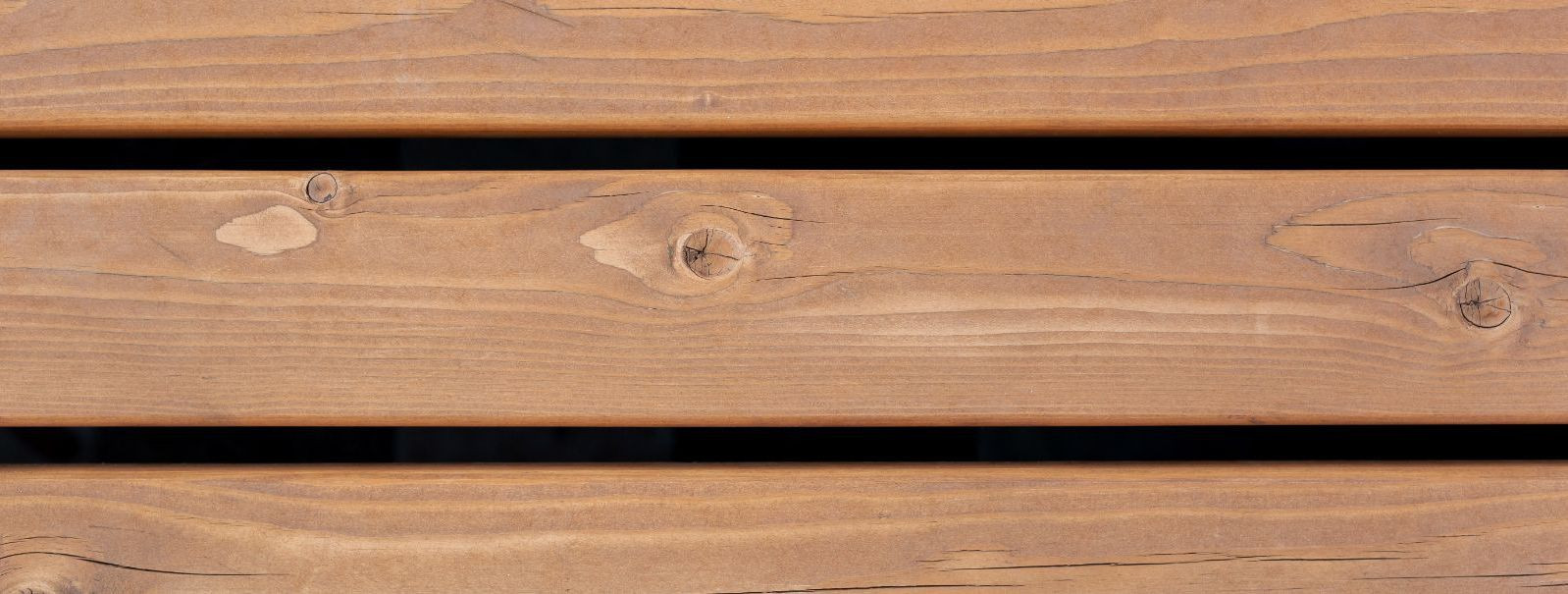5 reasons to choose heat-treated wood for your next project
Heat-treated wood, also known as thermally modified wood, is lumber that has undergone a controlled pyrolysis process, where it is heated to high temperatures in the absence of oxygen. This treatment fundamentally changes the wood's chemical and physical properties, enhancing its performance and durability.
The heat treatment process involves heating wood to temperatures typically between 180°C and 230°C. This process not only removes moisture content but also alters the cell structure of the wood, making it less susceptible to environmental factors that can lead to degradation.
Reason #1: Enhanced Durability and Longevity
Heat-treated wood offers superior resistance to decay, mold, and insects, including termites. The high temperatures during the treatment process destroy the nutrients in the wood that would otherwise attract pests and lead to decay.
Due to its modified cell structure, heat-treated wood exhibits reduced swelling and shrinkage, which results in a more stable product that requires less maintenance over time.
Reason #2: Eco-Friendly and Sustainable
Unlike pressure-treated lumber, heat-treated wood does not involve the use of chemicals, making it an environmentally friendly option. The absence of toxic chemicals means it's safer for both the environment and the people who work with it.
Choosing heat-treated wood supports sustainable forestry practices. The wood used in this process is often sourced from responsibly managed forests, contributing to the conservation of natural resources.
Reason #3: Aesthetic Appeal
The heat treatment process enhances the natural beauty of the wood, giving it a rich and uniform color. This can add a level of sophistication and warmth to any project.
Heat-treated wood is not only beautiful but also versatile. It can be used in a variety of applications, from exterior decking to interior flooring, and can be easily integrated into different design aesthetics.
Reason #4: Improved Safety
Since heat-treated wood is free from added chemicals, it does not emit harmful toxins. This makes it a safer choice, particularly for indoor applications where air quality is a concern.
The non-toxic nature of heat-treated wood also makes it ideal for use in environments where health and safety are paramount, such as schools, hospitals, and homes.
Reason #5: Cost-Effectiveness
While the initial cost of heat-treated wood may be higher than untreated wood, its longevity and low maintenance requirements lead to long-term savings. This makes it a cost-effective choice for any project.
Thanks to its enhanced durability, heat-treated wood often requires fewer repairs and replacements over its lifespan, further contributing to its cost-effectiveness and reducing the overall carbon footprint of a project.






Comments (0)